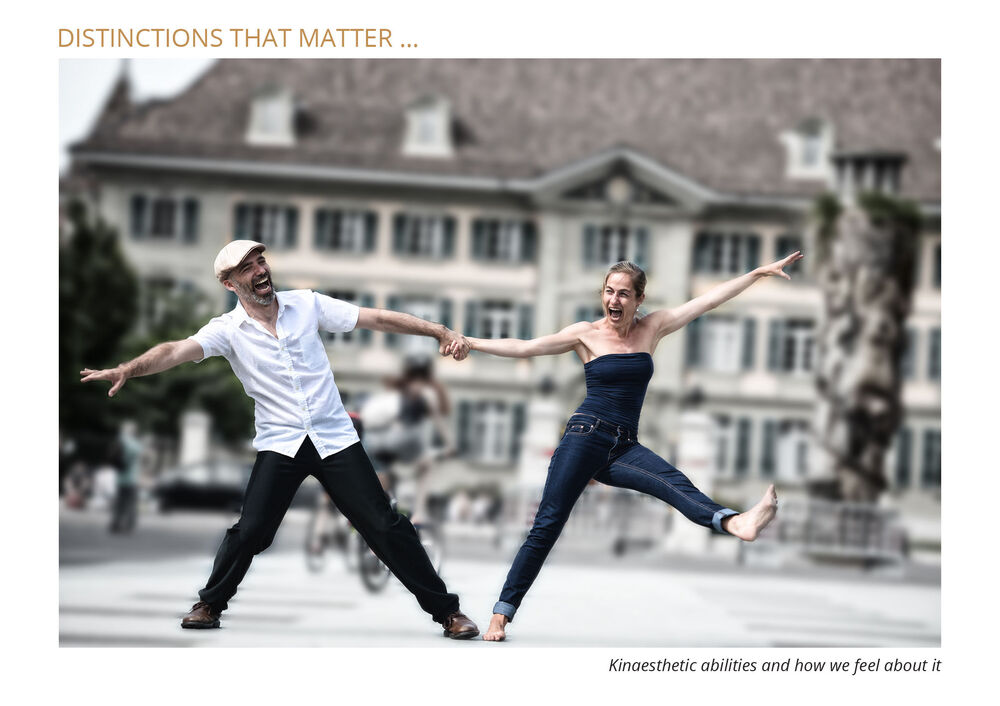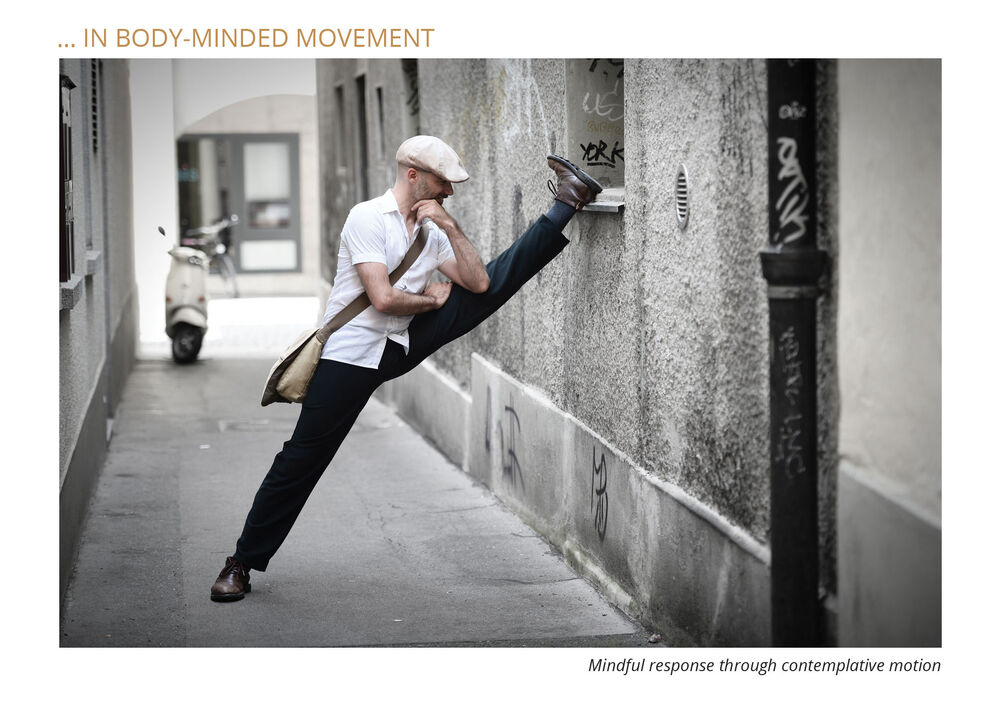Article for Pilates Union: FASCIA – THE 6TH SENSE AND ‘ORGAN’ OF KINAESTHESIA
Firstly published: Pilates Union (24th March, 2017)
Pilates Union® operates as an independent organisation committed to providing support and personal development for Pilates instructors and enthusiasts.
KINAESTHESIA
Kinaesthesia or kinaesthetic sense means movement sense. Not only do movement efficiency and quality rely on our kinaesthetic skills, the mere ability to stand and move depends on it.
FASCIA: ‘ORGAN’ OF KINAESTHESIA
If the fascial system could be unravelled, its surface area would significantly exceed that of the skin (the largest organ). Fascia is not only vast regarding spatial occupation, it is also in a league of its own as a sensory system. Fascia is densely populated with sensory receptors. Compared with the quantity of muscle spindles, there are six to ten times more mechanoreceptors in fascia than in muscle tissue(1). When including the tiny interstitial receptors in the equation, proportionally the number of sensory receptors may be equal or even superior to that of the retina of the eye(1). While the eyes are often considered the most dominant and richest sensory organ, it is the high receptor density and its bodywide extent that makes fascia the most influential perceptual system.
Unconsciously and consciously, fascia enables us to perceive body alignment, coordinate movement, modulate rhythm and feel the effects of it all.
PROPRIOCEPTION AND INTEROCEPTION
Kinaesthesia can be differentiated into proprioception and interoception. Generally, proprioception is directly associated with kinaesthesia, while interoception had commonly been linked to viscera. In the last few years the meaning of interoception has changed from the restrictive view that our interoceptive sense solely stems from our internal organs, to the more inclusive view of using interoception as an umbrella term for the phenomenological experiences of our body’s state.
PROPRIOCEPTION
Proprioception is the unconscious or conscious ability to perceive body alignment and move in a well-timed, coordinated manner.
INTEROCEPTION
Interoception is the unconscious or conscious ability to modulate and sense the quality of movement as well as feel its effects on the body and emotions.
Interoceptive sensations are often related to the homeostatic needs and have a strong affective, motivational aspect; meaning they motivate to adapt behaviour (unconsciously or consciously) to regain equilibrium.
Interoceptive sensations include(2):
- Warmth and coldness, heaviness and lightness, muscular activity and relaxation, hunger and thirst, heartbeat and so on.
More broadly, interoception is linked to(3):
- Emotional states, decision making, perception of time, perception of somatic spaciousness and peripersonal space(4) (the space around your body that belongs to you), sense of wholeness, and more.
When you feel interoceptive sensations such spaciousness, weightiness, buoyancy, length, etc. they are as ‘real’ as putting one foot in front of the other.
DISTINCTIONS THAT MATTER ……
BRAINY DISTINCTION
The distinction between proprioception and interoception is not in their importance or value for movement, the difference is in the fascial system where different sensory receptors feed different kinaesthetic information to different areas of the brain(2).
SENSORY DISTINCTION
While proprioception is about ‘matter-of-fact’ sensing body alignment and movement timing, interoception is about modulation and how we feel about our proprioceptive abilities.
FEELING DISTINCTION
At this point it is useful to consider that ‘feeling’ involves both sensation and emotion.
Sensation: A sensation is the feeling of something.
Emotion: An emotion is how you feel about it.
…… IN BODY-MINDED MOVEMENT
In body-minded movement the distinctions between proprioception and interoception, as well as sensation and emotion are relevant. For example, when doing a standing Roll Down, ideally the lumbar spine is evenly flexed (proprioceptive ability) and there is a three-dimensional stretch sensation in the lower back, which is the feeling of something. While some people ‘interpret’ it (interoceptive sensation) as a ‘heavenly opening’, others might feel ‘terribly stuck’ and some people simply refuse ‘to go there’ – all of which indicates how they feel about the stretch sensation.
There are countless factors that influence our emotional responses to physical sensations – and that includes pain perception; where there is little direct correlation between what is actually happening on a tissue level and the way the brain interprets the signals(5). In body-minded training we aim to respond mindfully, therefore contemplative ‘pauses’ before habitually reacting are a worthwhile exercise to observe arising emotions and what they motivate us to do. Is it the motivation to pursue? Back off because of fear? Frustration, therefore resignation? Frustration, therefore push harder?
When ‘listening’ attentively to the kinaesthetic sense we can make more informed choices on how to respond to physical sensations to reinforce positive and break negative feedback loops.
The next time you are on the mat, pay extra attention to your 6th sense and distinguish between what you (proprioceptively) sense and how you (interoceptively) feel about it. Enjoy your practise! Till soon,
Karin
LITERATURE REFERENCES
- Book - Robert Schleip 2012. Fascia: Fascia as an organ of communication.
- Book - Robert Schleip, Heike Jäger 2012. Fascia: Interoception, A new correlate for intricate connections between fascial receptors, emotion, and self-recognition.
- Article – Erik Ceunen, Johan W. S. Vlaeyen and Ilse Van Diest 2016. Frontiers in Psychology: On the Origin of Interoception.
- Book - Sandra Blakeslee & Matthew Blakeslee 2007. The Body Has a Mind of Its Own.
- Book – David Butler and Lorimer Moseley 2003. Explain Pain.


